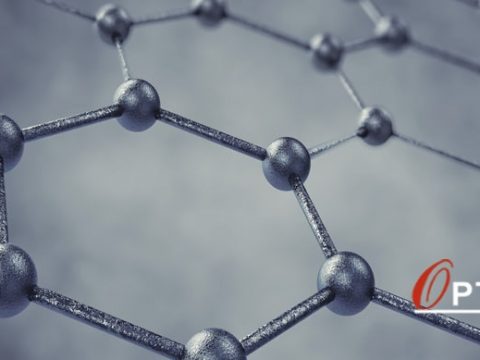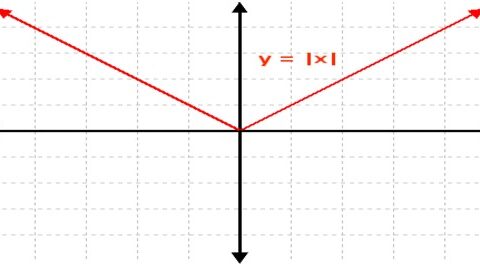- Have any questions?
- +971 509267126
- +971 551207626
- enquiry@optioneducation.ae
‘Weaken the argument’ is the most basic of the GMAT critical reasoning questions, and hence, it is in place to start a review of critical reasoning with both versions of this question type. As a trainer with my ear to the ground and my eye keenly focused on trends and aberrations typical of the GMAT, I enjoy helping students work their way into the labyrinth of words the GMAT is so good at laying out in its CR tasks. And believe me, once you have accepted that you have entered a labyrinth, all you need to do is sum up the skills needed to work your way out of one- patience, observation, and a little bit of chutzpah!
Strange as it may sound, chutzpah in modicum counters patience and accelerates the effort by allowing the test taker to take some risk. At the same time, no number of skills suffices without a basic understanding of what the task expects of you and the logical way to fulfill that expectation.
Step 1: First, always start the CR task at the question. Read it carefully and make sure that it is a ‘weaken the logic’ task:
“Which one of the following, if true, weakens the argument above?”
That is how the task is most often worded, but be ready for the slight variations that occur by replacing ‘weaken’ with undermine, cast doubt on, jeopardize, and question the validity of an ‘argument’ with logic and reasoning. The outcome of the task will remain the same.
“Which one of the following, if true, undermines the reasoning above?”
Step 2: Now move up to the text; the endeavor is to read it carefully enough to break it down into the DATA/FACTS and THE ARGUMENT (based on the facts). Having done that, you can identify that some fact is more than just a fact; it is the CAUSE that the speaker identifies as the cause of an OUTCOME. Once this CAUSE and OUTCOME are detected, you have discovered the soul of the task and are ready to weaken the argument. Translate the CAUSE and Outcome into a simple X and Y equation:
Therefore, X is the cause of Y/ Clearly, Y is the result of X.
This done, all one needs to focus on is weakening the validity of this relationship. This can be done by using one of the following counter-argument flows:
(1) Y may happen – X
(2) Y may not happen + X
(3) X may not result in Y
(4) Y can happen +Z (but – X)
Bingo! Take a shot at this: First, identify the X and the Y!!!!
The ice on the car’s front windshield formed when moisture condensed at night. The ice melted quickly after the car was warmed up the next morning because the defrosting vent, which blows on the front windshield, was turned on full force.
Which of the following, if true, most seriously jeopardizes the validity of the explanation for the speed with which the ice melted?
- The side windows had no ice condensation on them.
- Even though no attempt was made to defrost the back window, the ice there melted at the same rate as the ice on the front windshield.
- The speed at which ice on a window melts increases as the temperature of the air blown on the window increases
- The warm air from the defrosting vent for the front windshield cools rapidly as it dissipates throughout the rest of the car.
- The defrosting vent operates efficiently even when the heater, which blows warm air toward the feet or faces of the driver and passengers, is on.
Answer: B ( Using the logic flow of the first formula!)
Join our Classes for comprehensive and personalized guidance tailored to your academic goals. Classes for Digital Sat, ACT, AP, LNAT, UCAT.
- Filter by
- Categories
- Tags
- Authors
- Show all
- All
- ACT
- ACT Essay
- ACT Exam
- ACT Experts
- ACT Prep
- ACT Preparation
- ACT Test
- ACT Test Takers
- ACT Training
- ACT Writing Section
- Algebra
- AP
- AP AB
- AP BIOLOGY EXAM
- AP Calculus AB
- AP Course Prep
- AP Dubai
- AP Exam Test
- AP Test
- c-trap
- Chemistry Subject SAT
- Class Schedules
- Concepts
- COVID 19
- Digital SAT
- DIGITALSAT
- DSAT
- EVEN
- Factors
- GEOMETRY
- gmat
- GMAT MATH
- GMAT Prep
- GMAT Preparation
- gmat quant
- GMAT Scores
- GMAT Section
- gmat test
- GMAT VERBAL
- GMAT Verbal Section
- GRE
- GRE Prep
- GRE Test
- INSEAD
- Junior SAT
- LNAT
- Math
- mathematics
- MBA
- MBA Program
- Multiples
- New SAT
- NEW SAT ESSAY
- Number Properties
- NUMBERS
- Objectives of AP
- ODD
- Option
- QS Event
- Remainders
- SAT
- SAT Biology
- SAT BIOLOGY E/M
- SAT CANCELLATION
- SAT Chemistry Subject Test
- SAT Dubai
- SAT Essay
- SAT Exam
- SAT Grammer
- SAT II
- SAT Language Section
- SAT MATH
- SAT Prep
- SAT READING SECTION
- SAT Subject
- SAT Subject Test
- SAT Test
- SAT Test Takers
- SAT Trainers
- SAT Writing
- SAT Writing Section
- Skills
- Starting Classes
- Subject SAT
- Subject SAT Math Level 2
- Subject Test
- Test Prep
- Test Takers
- Training Institute
- Triangles









